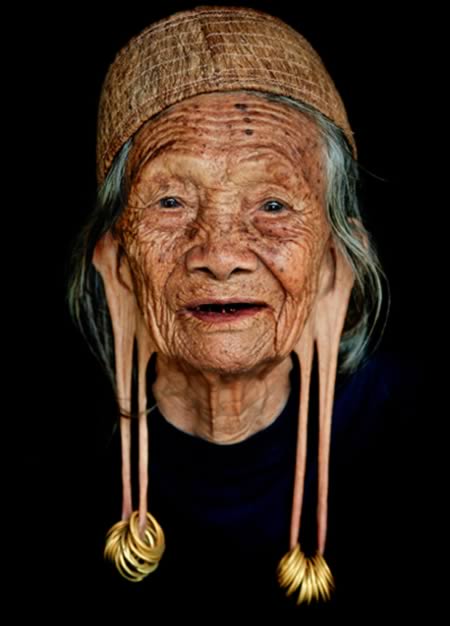
Body modification (or body alteration) is the deliberate altering of the human anatomy. It is often done for aesthetics, sexual enhancement, rites of passage, religious beliefs, to display group membership or affiliation, to create body art, for shock value, and as self-expression, among other reasons. In its most broad definition it includes plastic surgery, socially acceptable decoration (e.g., common ear piercing in many societies), and religious rites of passage (e.g., circumcision in a number of cultures), as well as the modern primitive movement.
Walter van Beirendonck, Alexander McQueen & Riccardo Tisci found inspiration in body modification and its jewelry.
.
Piercing
It’s a misconception that body piercing is a relatively recent trend or fashion. Ear piercing is incredibly common in almost every culture throughout history, with a huge range of legends, myths, and meanings behind the jewelry worn and its placement. Nostril piercing has been documented in the Middle East as far back as 4,000 years. The fashion continued in India in the sixteenth century, and is still widely practiced there to this day. Both ear and nostril piercing and jewelry are mentioned in the Bible. And piercings in other parts of the body, such as labret or lip piercings, are widely practiced often in the form of enlarged piercings and lip discs. Tribes across Africa, in Southeast Asia, and in North and South America all participate in lip piercing.
enlarged nostril piercing
enlarged ear piercings
lip discs

.
Tattooing
Tattooing, as we know it, is documented as far back as 3300 BCE as seen in the discovery of Otzi the iceman in 1991 and ancient Egyptian mummies bearing tattoos of animals and various creatures. The practice, however, is believed to have originated over 10,000 years ago. The mechanics of tattooing have changed over the years, and the pigments and inks used have wildly improved in recent times, but whether hand-tapped, poked with a single needle or administered with the telltale buzz of a modern tattoo machine, the basic reasons behind the choice to become tattooed haven’t changed much in all that time: fashion, function or just to make a statement of some kind.
People have also been forcibly tattooed to identify them permanently as criminals or undesirables in society and that associated stigma of tattooing as ‘lowbrow’ or undesirable still exists in the minds of many. Despite that, tattoos are enjoying a resurgence of popularity and are very common in modern culture and for the most part, accepted as the norm.
.
Neck rings
Neck rings are one or more spiral metal coils of many turns worn as an ornament around the neck of an individual. In a few African and Asian cultures neck rings are worn usually to create the appearance that the neck has been stretched. Padaung (Kayan Lahwi) women of the Kayan people begin to wear neck coils from as young as age two. The length of the coil is gradually increased to as much as twenty turns. The weight of the coils will eventually place sufficient pressure on the shoulder blade to cause it to deform and create an impression of a longer neck.
The custom of wearing neck rings is related to an ideal of beauty: an elongated neck. Neck rings push the collarbone and ribs down. The neck stretching is mostly illusory: the weight of the rings twists the collar bone and eventually the upper ribs at an angle 45 degrees lower than what is natural, causing the illusion of an elongated neck. The vertebrae do not elongate, though the space between them may increase as the intervertebral discs absorb liquid.
Scarification & Branding
Traditionally, scarification is seen most widely amongst dark-skinned people in equatorial regions-people who tend to have so much melanin in their skin that tattooing isn’t very effective, visually. The “crocodile” people of Papua New Guinea’s Sepik region, several Aboriginal tribes in northern Australia and the Karo people of Ethiopia are just a few of the many cultures who, to this day, participate in traditional rites involving scarification.
In the modern-day Western context, scarification and branding, while markedly less popular than tattooing, are still common forms of body modification, with beautiful end results for many devotees. The aesthetic outcome of a healed scarification, however, has less to do with the artist and more to do with the healing and genetics of the wearer and that (along with the pain and discomfort of the procedure and healing) will probably ensure that scarification never becomes as common as, say, getting a tattoo.
.
Hardcore
Other surgical modifications seen in recent times are ear pointing, tongue splitting, and many different genital modifications, all offered by “cutters” and in many cases, by sympathetic board-certified surgeons. But even within the bodymod community at large, these types of modifications are often considered “hardcore,” are generally more unusual (though not uncommon) and are mostly of interest to those body modification enthusiasts motivated to push the boundaries of social acceptance.
carved teeth
(Teeth Chiseling is a tradition often performed without any anesthesia by the Mentawai people in Indonesia).
Body modification has been around as long as humans have lived and with its rich and fascinating history, the practice is unlikely to die out anytime soon. But despite some lingering societal disdain, modifications, even of the more esoteric variety, are becoming more mainstream and acceptable every day, and the craft behind performing these procedures is being constantly perfected and refined by the artists involved. And as new ideas and techniques become reality and traditional standbys are adapted and perfected, it’s safe to say that
humans will continue to reshape and redefine themselves by modifying their bodies.
.
.
Influence on Walter Van Beirendonck
Influence on Alexander McQueen
.
Influence on Givenchy
Riccardo Tisci (head designer of Givenchy)) was inspired by the look of singer Keith Flint of the Prodigy in the 1996 hit video Firestarter for his mens collection a/w 2012. Also Keith’s nose ring became an item of the collection. For Women Tisci also found inspiration in piercing objects for jewelry.
.
.
Women jewelry f/w 2012 by Givenchy
Haute Couture
.
Most information in this post from:
The Art and History of Body Modification by Lori St. Leone


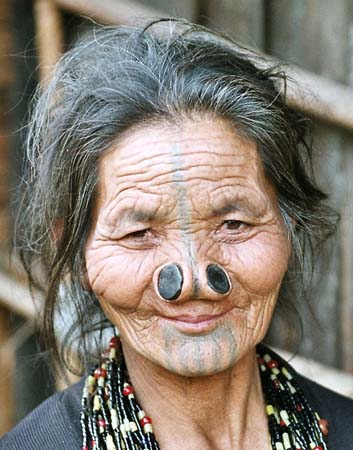

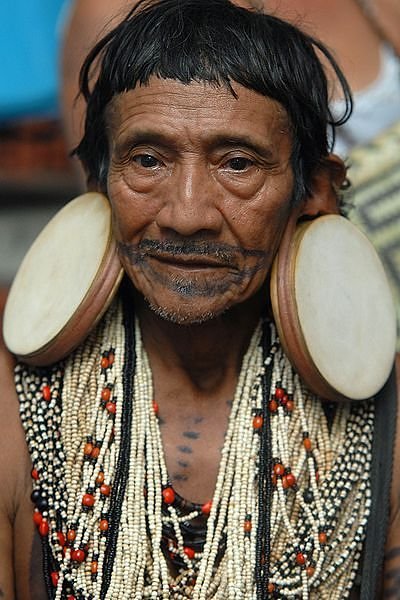



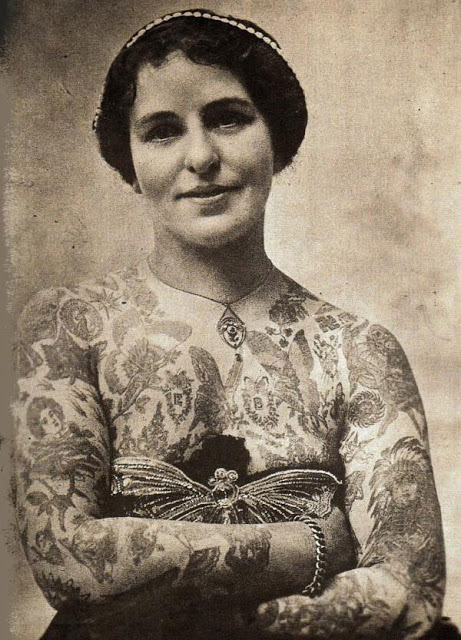


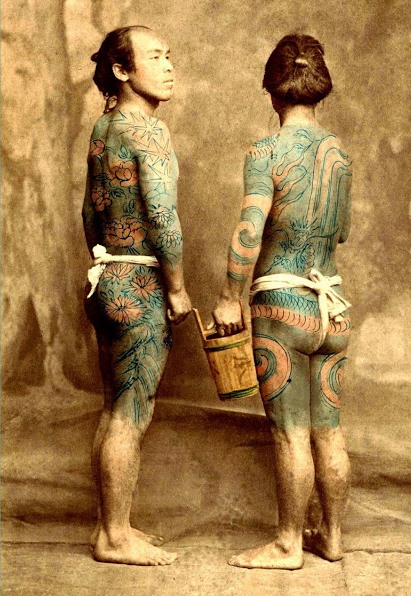





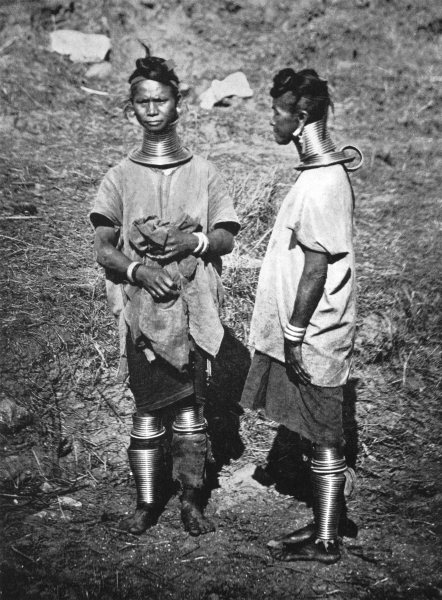

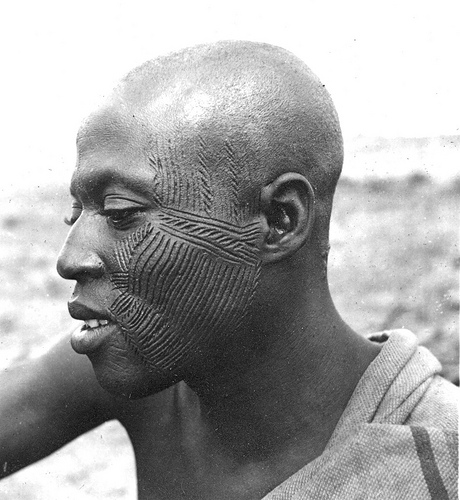






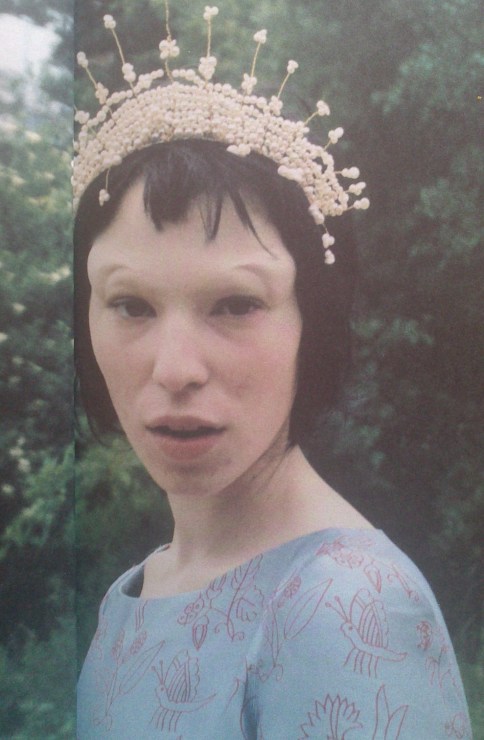
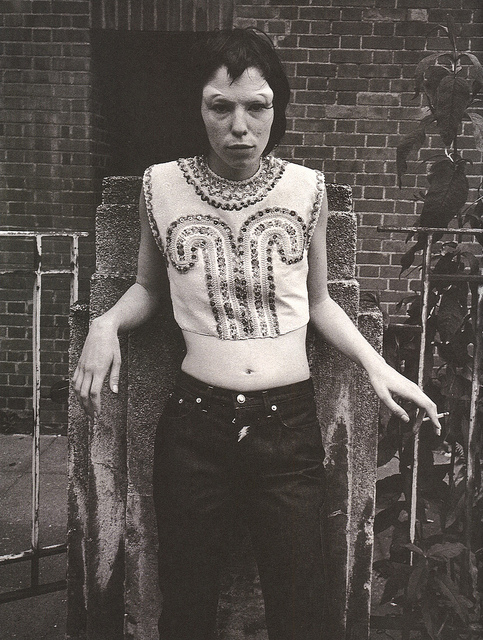

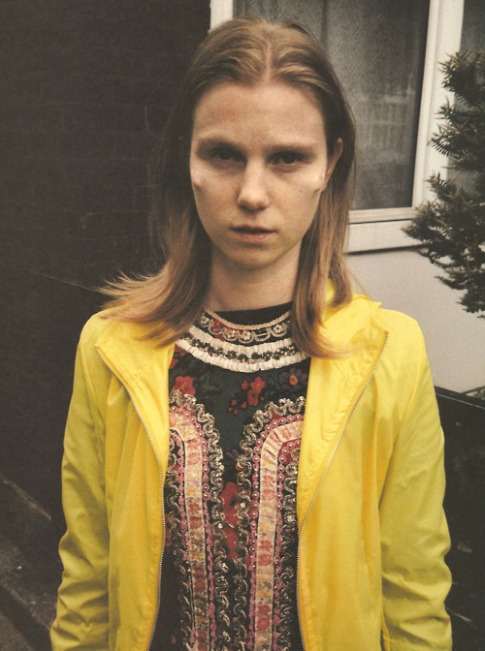




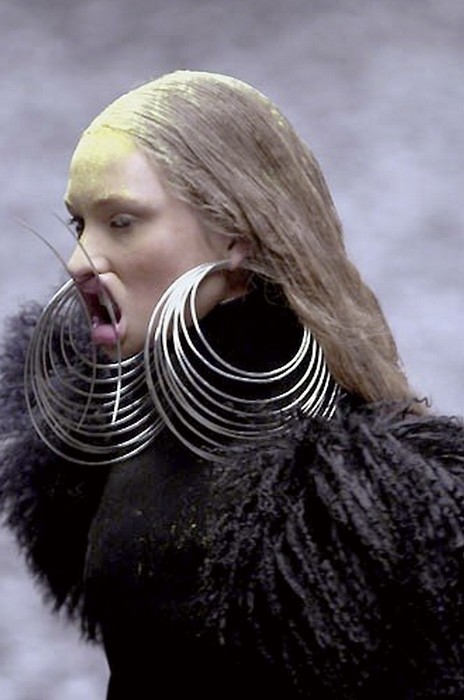












this was very interesting. I thank you for this knowledge. I hope to see more 🙂
yack!!!!!!!!!!!!!
Hello, i feel that i noticed you visited my web site thus i got here to go back the prefer?.I’m attempting to to find issues to
enhance my web site!I assume its adequate to make use of some of your
ideas!!